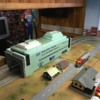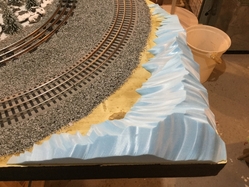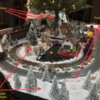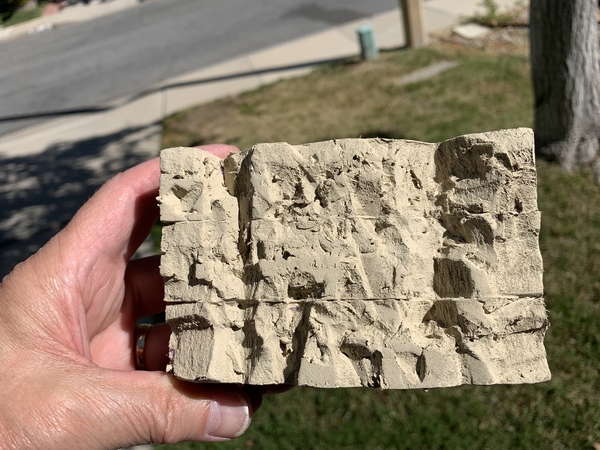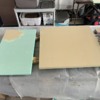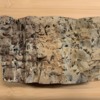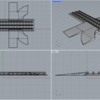Was there much mess with the plaster cloth?
Hummm...I have heard stories...but wonder just how real they were.
The amount of mess is along the line of how well you prepare and what your desk tells the world how you work.
My experience says a couple of things. 6" square patches work best with me. Long pieces can be tricky. Use a drop cloth. Tape protect the track work. Use a flat tray to moisten the plaster impregnated gauze. Have a clean bucket of water to clean your hands periodically. Have a clean rag available. Keep the project near the work place on the layout at on a card table with a large piece of cardboard on top of the card table. Pre cut open some of the plaster rolls. When you wife is not looking, use you spouses sharp sewing scissors to cut the plaster cloth. They will clean up nicely but do a good clean up job. That species is well known for spotting a violation.
Hold the two far corners of the patch to lay it away from you into the water quickly, then smoothly keeping tension between your fingers lift it out and place the patch on your base frame work much like hanging towels on a cloths line. If the patch drifts loose in the tray or you inadvertently loose it from one hand and get it nasty folded, just junk the patch and place it where you need a scenery snot ball. When I am in a run of placing a dozen patches I just move on.
At this point I am using two layers of plaster cloth installed at the same time before the first layer drys.
After placing you may find an edge or corner does not want to lay smoothly on the contour. Just lightly run a finger over the offending spot and it will conform to the terrain. This may sound weird at first but file the sharp edges of your finger nails and check for any hang nails or cut cuticles. They can catch on the plaster cloth and pick it up, move it around and make a mess.
This is my first time using lath for a scenery base. I have used a lot of lath professionally where I shot it with washer nails over a primed basement masonry wall for a concrete topping coat and for Stucco coating of foundations.
My scenery lath is held in place with 11/16" washer head metal lath screws. Where the lath is fastened to the Homasote/plywood deck I used 1" washer head screws. Boxes of 100 screws at HD. 27" X 8' lath also at HD.
As posted elsewhere the undulations were formed by walking the lath back and forth over a pile of 10" - 12" rocks with old shoes.
There were a couple of desired after thought changes to the shape so I just cut out some scrap lath shape, formed it as I wanted then hot glued it in place. Covered well with the cloth.
I normally would have gone straight to structolight for my scenery base but I need to do a first-for-me and that is fabricating three long lift out panels to access two fully covered long branch lines. I figured working with this medium in the easily accessed front area will set me up for the tricky hard to reach scenery lift outs.








